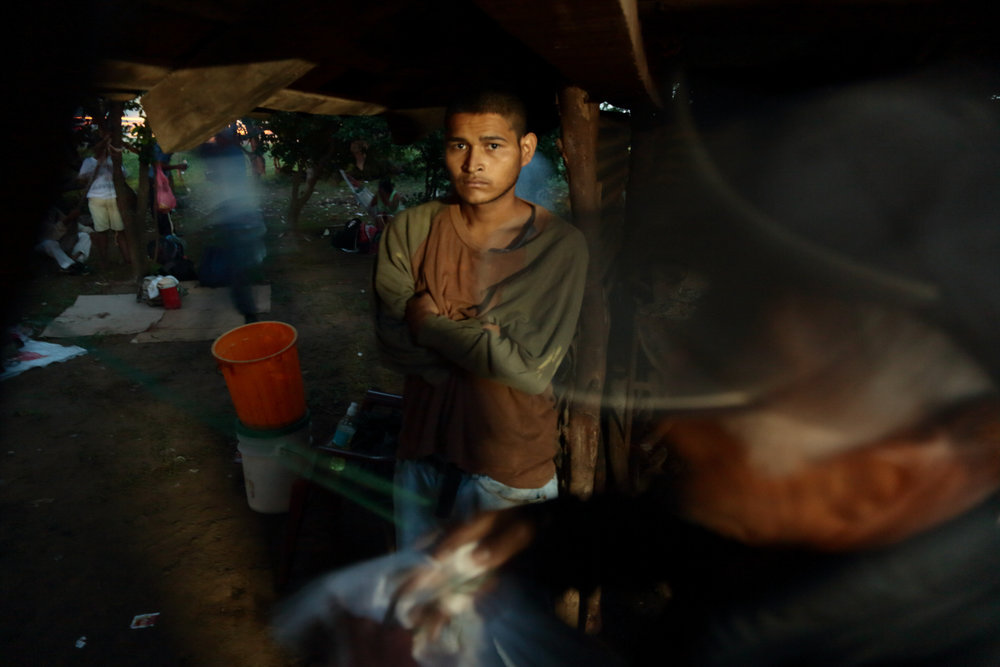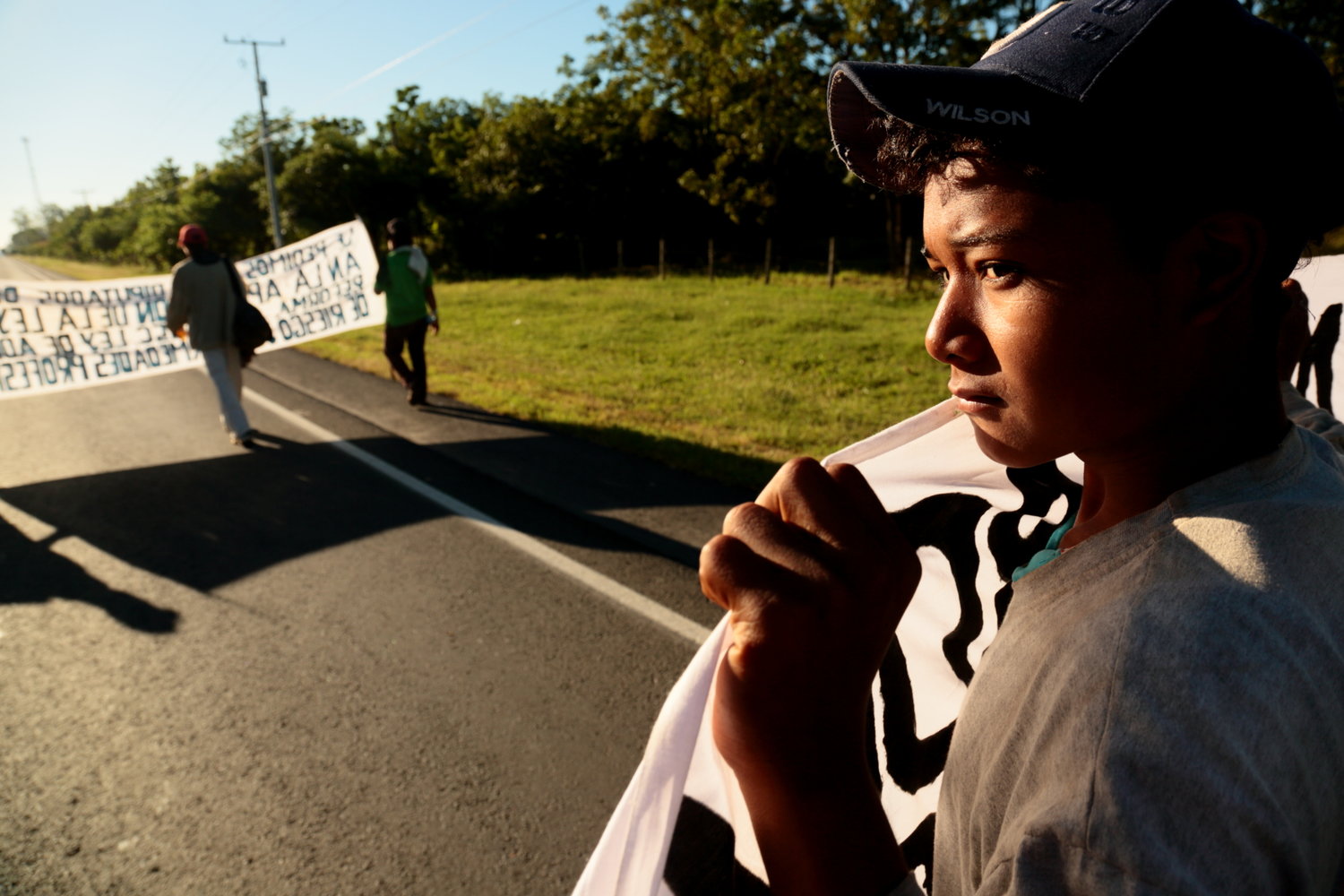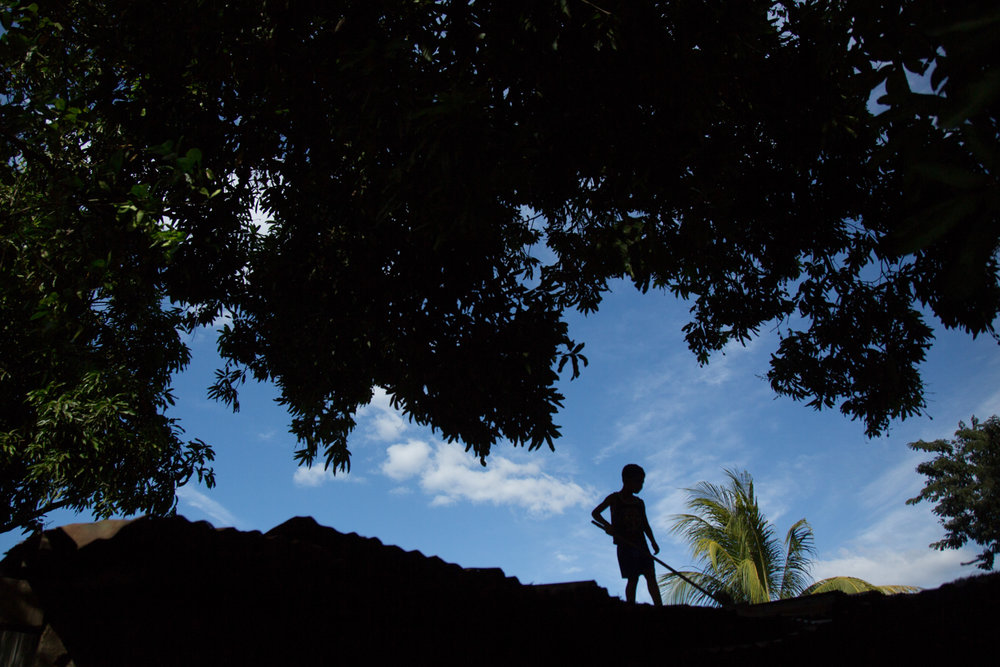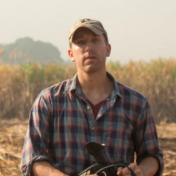Between 2011 and 2016, I lived and worked in the agro-industrial lowlands of Nicaragua among communities affected by the Chronic Kidney Disease Epidemic of unknown cause (CKDnT). The city of Chichigalpa, in the Western department of Chinandega, is a center of this epidemic, and the center of the sugarcane industry in the country. Sugar, rum and ethanol are all produced here for national and international markets. Neighborhoods and rural communities, have confronted a cycle of poverty, sickness and death as the norm. The goods produced by these workers in Nicaragua as well as the goods produced by many agricultural workers worldwide are essential to the global market; many of these workers are affected by CKDnT.
As a visual journalist and advocate I am moved by the fortitude and strength of the families being impacted by this addressable disease. I’ve had the privilege to bear witness to some of their most vulnerable moments and was trusted with sharing them.
Early on I asked a 20-year-old in a pickup on his way to a health screening, “Does it anger you that so many men in your community are sick and have died?”. He replied, “No. We were born to die of this.” This is a sentiment we must all reflect on together if we are to improve the situation. While official local records cannot confirm exactly, research has documented that thousands of men have died of CKDnT in the Chinandega department, since 2000.
Struggle continues in neighborhoods like, Erick Ramirez, Marvin Salazar, San Antonio, Manhattan and rural communities like La Isla, La Cuitanca, El Triunfo, Paises Bajos. Places that have lost too many of their men. Workers and families must navigate their way through a byzantine social security system and still struggle to find quality healthcare. People have protested their situation and have struggled in the face of an epidemic that has frankly taken too long to untangle. Their frustration is understandable. They deserve to be heard and it should be uncomfortable for all of us; NGOs, industries, and governments that have not done enough to push things forward yet.
These images reflect the quiet collateral of this epidemic; a sensation of communities feeling they are condemned to die. Their stories and countless more from those impacted by CKDnT worldwide must be told and their positions understood if we are to serve and address their needs.
-From the field,
Tom Laffay
Today, in Chichigalpa, and beyond voices are being heard. La Isla Network is working with groups helping workers navigate the social security system. We are working with the roundtable on sustainable sugarcane, Bonsucro and the Pellas Group, one of the largest employers in the region, to improve the situation. Together, with researchers, workers, engineers, executives and others we will continue to improve work conditions and create a scalable occupational health and safety system for workers throughout the region and beyond. Additionally, we are raising funds and creating the platform to improve access to care, as we continue to understand the drivers of this disease so we can work to stop it. In Nicaragua, these joint efforts fall under the Adelante Initiative and we look forward to telling you more about it.
Presently, we can all reflect on how we can work together to improve our markets, and our supply chains, and ensure hard working people have the means to support themselves, and their families, as we continue to address CKDnT. We can honor the contributions of workers by having honest dialogs that lead to decisive action with all the actors involved.
–La Isla Network CEO, Jason Glaser
Click the featured images to view the captions.











